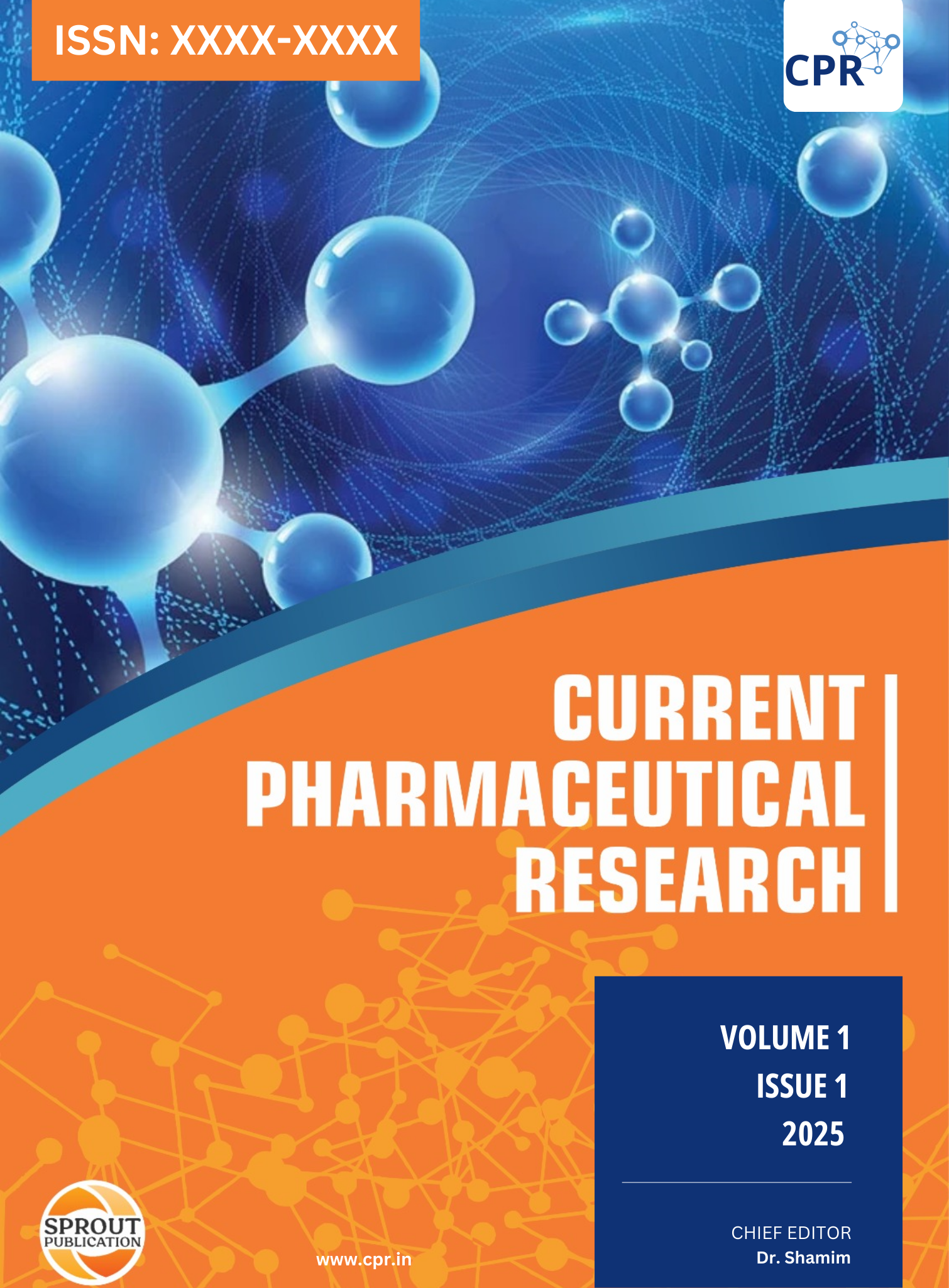Nanotechnology for Diabetes Management: Transforming Anti-diabetic Drug Delivery Systems
Keywords:
Diabetes management, nanotechnology, drug delivery systems, nanoparticles, microneedles, liposomesAbstract
To prevent major complications, people with chronic diabetes mellitus, a metabolic condition characterised by increased blood sugar, require continuous care. Although current pharmacological treatments, such as insulin and oral hypoglycemic agents, are effective, they are often limited by poor bioavailability, short half-life, and systemic side effects. Drug delivery systems based on nanotechnology provide encouraging answers to these problems, allowing for the targeted, precise, and regulated administration of anti-diabetic medications. In order to improve therapeutic efficacy, decrease the frequency of administration, and increase drug bioavailability, nanoparticles, liposomes, nanogels, and microneedles are becoming important technologies. For example, liposomes increase the solubility and durability of hydrophobic medications, whereas nanoparticles can shield medications from deterioration and enable continuous release. In response to hyperglycemia, nanogels that are engineered to react to particular stimuli, such as pH or glucose levels, allow regulated medication release that mimics the body's normal production of insulin. Insulin and other anti-diabetic medications can be delivered painlessly via microneedles, a minimally invasive substitute for conventional injections. Notwithstanding these developments, issues with scalability, cost, regulatory approval, and long-term safety still affect the clinical translation of these technologies. This study looks at the state of diabetic medication delivery systems based on nanotechnology, emphasising how they have the potential to transform treatment approaches and enhance patient outcomes. Future research should focus on overcoming these barriers, conducting clinical trials, and exploring new nanomaterials to maximize the therapeutic potential of these systems.
Downloads
Published
Issue
Section
License

This work is licensed under a Creative Commons Attribution-NonCommercial 4.0 International License.


